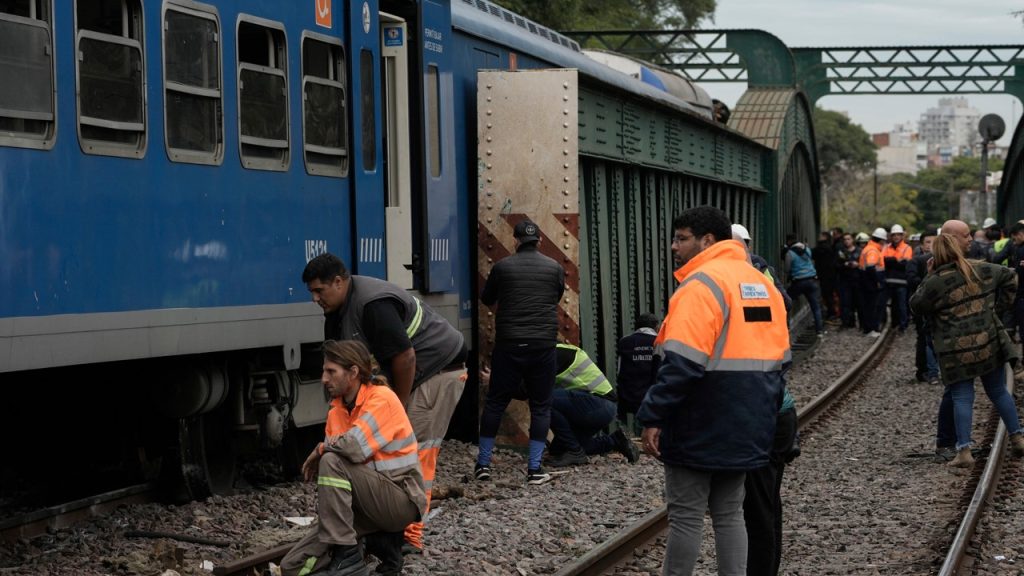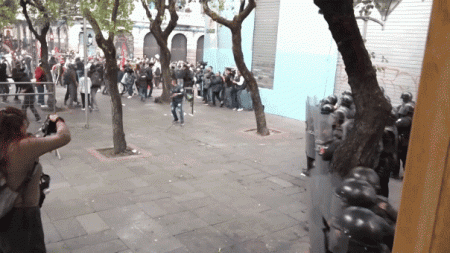At least 90 people were injured in Argentina’s capital when a passenger train struck an empty boxcar on the tracks and derailed. The train was on its way from Buenos Aires to the northern suburbs when the accident occurred on a bridge in the trendy neighborhood of Palermo. Authorities were uncertain as to why the empty boxcar was on the rails and were conducting an investigation. Buenos Aires Mayor Jorge Macri praised the quick evacuation of victims at the crash site, but expressed concern over the lack of information regarding the mechanics of the accident.
Dozens of injured passengers were treated at the scene, with 30 people taken to hospitals in moderate to serious condition, including two by helicopter with chest trauma and broken bones. Rescuers used police dogs to help 90 trapped individuals from the wreckage of the train, some of whom had to be lowered from the highway overpass by rope. Witnesses reported that the train had come to a stop on the bridge for several minutes before suddenly starting up again and colliding with the other train, causing chaos and injuries among the passengers.
Officials from the Argentine rail authority, Trenes Argentinos, announced the suspension of service on the popular rail line as they worked to secure the crash site. Residents were asked to stay away from the area to allow emergency responders to do their work. The collision prompted concerns about rail safety in Argentina, which has a history of train crashes that resulted in numerous deaths and injuries from 2012-2014. Outdated infrastructure, delays, and human error were identified as contributing factors to these accidents, leading the government to invest in new safety and braking systems.
The incident in Argentina’s capital has raised questions about basic safety measures and procedures on the country’s rail lines. The swift response by emergency services and the rescue efforts to extract trapped passengers were commended, but the lack of clarity on the cause of the accident has left authorities searching for answers. The collision has reignited concerns about the vulnerability of the railway system to similar crashes and has prompted calls for further improvements in safety protocols to prevent future incidents.
The derailment in Buenos Aires has once again highlighted the importance of investing in modern infrastructure and safety systems for the country’s railways. Past accidents have exposed the risks associated with outdated equipment and human error in maintaining a safe transportation network. The government’s commitment to enhancing safety measures following previous crashes is now being scrutinized in the wake of this latest incident, with calls for additional reforms to prevent future tragedies and ensure the well-being of passengers and workers in the rail industry.
As authorities continue to investigate the reasons behind the collision, the focus remains on improving the safety of Argentina’s rail network and preventing similar accidents in the future. The impact of the incident on passengers, emergency responders, and the community at large underscores the need for ongoing vigilance and investment in infrastructure to safeguard against the risks of train derailments and collisions. By addressing the underlying factors that contribute to such accidents, Argentina can work towards creating a safer and more reliable transportation system for its citizens.













